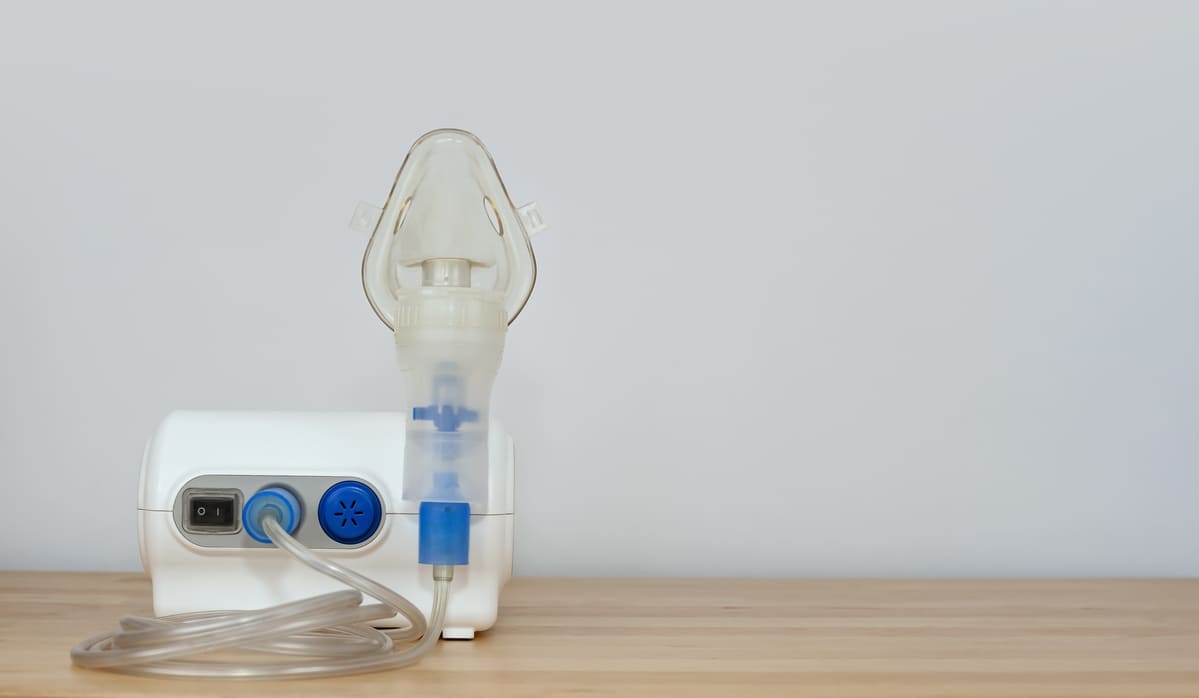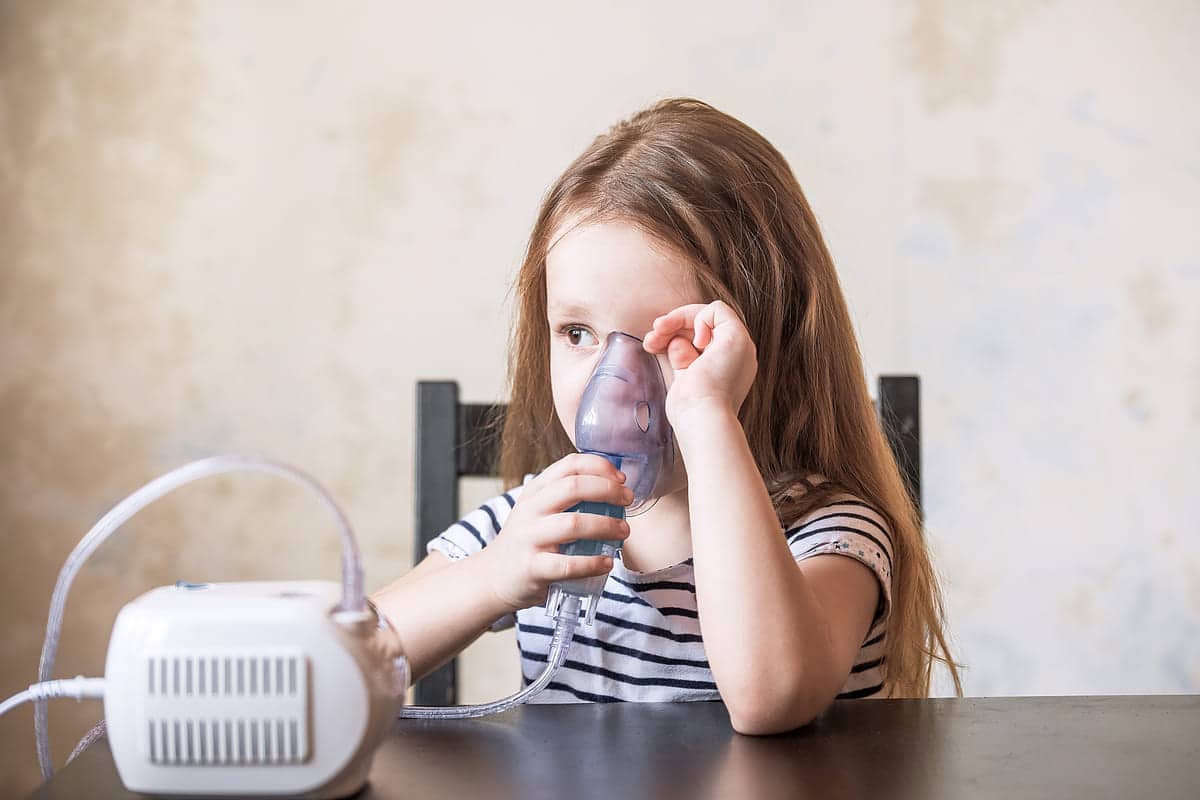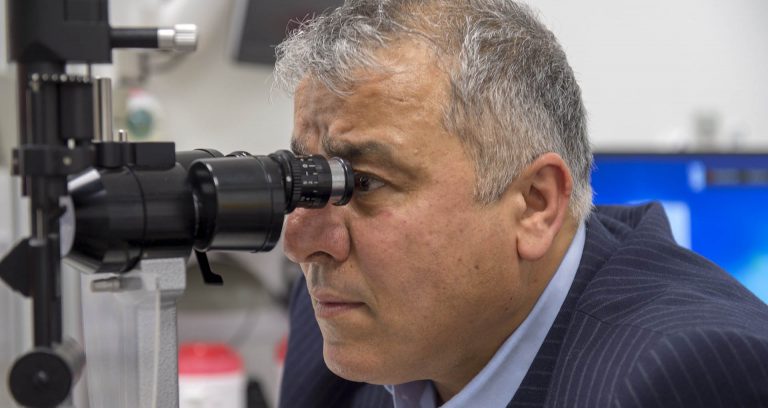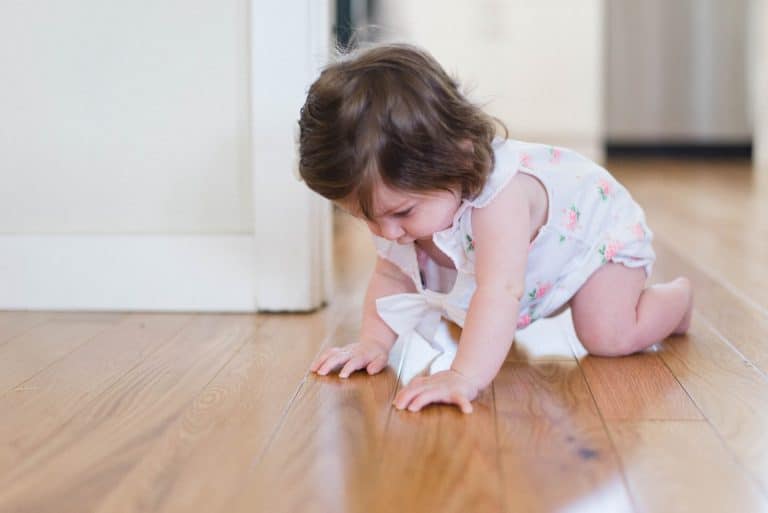Nebulizers are essential for individuals with respiratory conditions, as they help deliver medication directly into the lungs. Because they are in direct contact with medications and breathing passages, it is crucial to maintain them properly to prevent infections and improve their efficiency. This article covers step-by-step guidance on cleaning and disinfecting nebulizers. So, what to wait for? Scroll down to know more!
What is a Nebulizer?
A nebulizer is a medical device that turns liquid medication into a fine mist, allowing the user to inhale it directly into their lungs. Typically used for treating respiratory conditions such as asthma, COPD, and cystic fibrosis, nebulizers are vital for managing symptoms and improving patients’ quality of life.
How to clean Nebulizers?
Cleaning a nebulizer involves several steps, such as:
Step 1: Rinse the nebulizer parts: After every use, rinse the nebulizer cup, mouthpiece, or mask under warm running water to remove any medication residue.
Step 2: Prepare dish detergent solution: Mix a mild dish detergent soap with warm water.
Step 3: Clean the parts: Immerse the nebulizer cup and mouthpiece/mask in the detergent solution and wash them gently using a soft cloth.
Step 4: Rinse thoroughly: Rinse the parts under warm water to remove all soap residues.
Step 5: Disinfect the parts: Disinfect the cleaned parts using either heat (boiling water, microwave, or dishwasher’s top rack) or a vinegar-water solution. Soak the nebulizer cup and mouthpiece/mask in the vinegar solution for 30 minutes, then rinse thoroughly with warm water.
Step 6: Dry and store: Allow the parts to dry completely on a clean towel before storing them in a sterile container.
Why do you need Disinfecting Nebulizers?
Disinfecting nebulizers is critical in maintaining their effectiveness and safety. Regular disinfection eliminates harmful bacteria, viruses, and fungi that could lead to respiratory infections. It also removes any residual medication that might interfere with the efficacy of future treatments.
Here’s a comparison of some common heat disinfection methods for nebulizers, including:
| Method | Time | Benefit | Drawbacks |
| Boiling in Water | 10-15 minutes | Kills most types of bacteria, viruses, and fungi. Easy to do with standard kitchen equipment. | Can potentially cause damage to delicate parts over time. |
| Steam Sterilization (Autoclave) | 15-20 minutes | Extremely effective at killing all microorganisms, but requires special equipment. | Expensive and not usually available at home. |
| Dishwasher | Depends on cycle length | Convenient, as it cleans and disinfects at the same time. Not all nebulizer parts may be dishwasher-safe. | Not all parts may be dishwasher safe. |
| Microwave Steam Bags | 2-5 minutes | Quick and easy method using microwave-safe steam bags. | Requires purchase of special bags. Not all parts may be suitable for this method. |
| Electric Steam Sterilizer | 6-15 minutes | Effective and convenient. Commonly used for baby products. | Requires purchase of an electric sterilizer. Not all parts may fit. |
| Vinegar Solution | 1 hour soak | Natural disinfectant that can eliminate medication residues and bacteria. | Requires thorough rinsing to remove vinegar smell and taste. |
Always consult the manufacturer’s instructions before choosing a disinfection method, as some nebulizer parts may not be suitable for certain heat disinfection methods.
Importance of Cleaning a Nebulizer
There are several reasons why cleaning a nebulizer is crucial:
- Prevent infections: Unclean nebulizers can harbor harmful bacteria, potentially causing respiratory infections.
- Ensure effective medication delivery: Proper maintenance helps deliver an accurate medication dosage to the lungs.
- Prolong the life of the device: Regular cleaning can prevent wear and tear, extending the device’s lifespan.
- Improve the performance: Clean nebulizers function more efficiently, providing a better treatment experience for the user.
- Minimize residue buildup: Removing residue helps keep the nebulizer’s components in good working order.
- Avoid cross-contamination: Washing the device helps prevent contamination from one user to another.
- Comply with the manufacturer’s recommendations: Proper cleaning and maintenance are often required to maintain warranty coverage on the device.

Which is the Best Way of Cleaning a Nebulizer?
The optimal approach for cleaning a nebulizer is to use a vinegar-water solution. This method is highly effective as vinegar is a natural disinfectant that can eliminate medication residues and bacteria, ensuring the nebulizer remains hygienic and safe. To prepare the solution, follow the below steps:
- Step 1: combine one part white vinegar with three parts water
- Step 2: Soak the nebulizer cup and mouthpiece/mask in the solution for 30 minutes
- Step 3: Rinse thoroughly with warm running water
- Step 4: Allow parts to air-dry on a clean towel
Following these steps regularly can help maintain your nebulizer in top condition and ensure its optimal performance for years. Additionally, it is essential to check the manufacturer’s instructions for additional cleaning advice specific to the device.
Tips to Consider While Caring Your Nebulizers
Apart from cleaning the nebulizer parts regularly, here are some tips to ensure its good maintenance:
- Avoid dropping or mishandling the device as it can damage internal components.
- Keep the nebulizer dry and in a clean, dust-free environment when not in use.
- Check the air filter of the nebulizer regularly for signs of dirt or dust build-up.
- Replace the air filter as per instructions when it gets contaminated.
- Ensure that all components are securely attached before using the nebulizer, and check that any tubing is intact with no cracks or damage.
- Make sure to replace worn-out parts promptly
- Store the machine in its compact position when not in use to prevent parts from being misplaced or damaged.
- Ensure that the water chamber is completely dry before storing it away.
- Unplug the power cord after each use and store it away from direct sunlight and moisture.
- Finally, consult your doctor if you experience any issues with your nebulizer or if it stops working effectively.
With a few simple steps, you can ensure your nebulizer will be in good condition for years to come.
Conclusion:
Learning how to clean and maintain your nebulizer properly is essential for ensuring its optimal performance and safety. Regular cleaning, using the right tools and techniques, can help keep your device in top condition and ensure you get the most out of it. Additionally, following the manufacturer’s instructions carefully helps guarantee that any warranty coverage remains intact. Investing a few minutes each time in cleaning your nebulizer will ensure that it will provide you with the best treatment experience.











